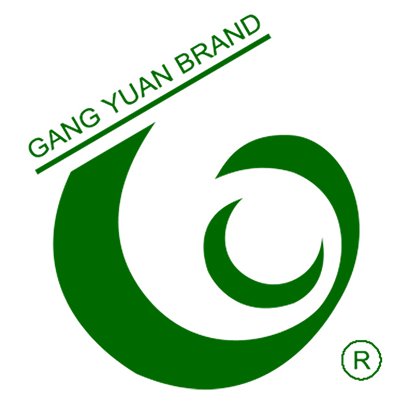Do you remove masking tape when wet or dry?
Do you remove masking tape when wet or dry?
Introduction:
Masking tape is a versatile tool used for various purposes, such as painting, artwork, and DIY projects. It is designed to be easily applied and remove without leaving any residue or damaging the surface. However, when it comes to removing masking tape, many people are unsure whether it should be done when the tape is wet or dry. In this article, we will explore the best practices for removing masking tape and provide you with helpful tips and techniques. So, let's get started!
I. Understanding the nature of masking tape:
Masking tape is made of a thin and flexible paper-based material with a gentle adhesive coating on one side. The adhesive is usually not strong enough to cause damage upon removal. However, it is essential to pay attention to the tape's condition to determine the best removal method.
II. Removing masking tape when dry:
1. Ensure the tape is fully set: Before attempting to remove the masking tape, make sure the paint or other material it was applied to has fully dried. This ensures that the tape won't pull-off any wet or tacky substance and cause smudging or damage.
2. Find an edge and peel slowly: Start by locating a corner or edge of the tape, preferably not on a delicate surface. Begin peeling off the tape gradually, pulling it parallel to the surface while applying gentle pressure. If you encounter resistance or the tape feels like it's sticking, stop and try a different removal method.
3. Use heat for stubborn residue: If any adhesive residue remains after removing the tape, apply a hairdryer or heat gun over the area for a few seconds. The warmth will help soften the adhesive, making it easier to remove. Be cautious not to overheat the surface or hold heat sources too close.
4. Clean off residue: After heating the residue, wipe it away with a clean cloth. For particularly stubborn residue, apply a small amount of rubbing alcohol or adhesive remover to a cloth and gently rub the affected area. Ensure the surface is compatible with the chosen cleaning agent beforehand.
III. Removing masking tape when wet:
1. Time it efficiently: Removing masking tape while it's wet is often ideal when using it to create clean paint lines. Wait until the paint is dry to the touch but still slightly tacky. This way, the tape won't bond permanently to the surface, making it much easier to remove without damaging the painted area.
2. Lift tape carefully: Start by gently lifting one corner of the tape. Use your fingers or a pair of tweezers to get a grip. Slowly peel the tape back on itself, never pulling it away at an angle that might cause tearing or damage.
3. Use a plastic or metal scraper: If the tape doesn't come off cleanly, you may need a plastic or metal scraper to help loosen stubborn areas. Be careful not to dig the scraper too deeply into the surface, as this could cause scratches or gouges.
4. Clean the surface: Once the tape is removed, take a clean cloth or sponge and wipe away any excess moisture or residue. Be sure to use a mild detergent or a cleaning solution appropriate for the surface, like soap and water for most painted walls.
IV. Factors to consider:
1. Tape quality: The quality of masking tape can affect the ease of removal. Cheaper brands may have a higher chance of leaving sticky residue or damaging the surface upon removal, so investing in good quality tape is recommended.
2. Surface type: Different surfaces may require varying removal techniques. Delicate surfaces like wallpaper or fresh paint demand extra caution and gentle handling. For these surfaces, removing the tape when wet or using low-adhesive tape is advisable.
3. Removal timeline: It is best to remove masking tape within 24-48 hours of application. Waiting for an extended period can cause the adhesive to bond more strongly and make removal difficult.
4. Experiment on a small area: If you are uncertain about the surface or tape, test the removal process on a small, inconspicuous area first. This will help you gauge the tape's impact and determine the best approach before proceeding to larger areas.
Conclusion:
When it comes to removing masking tape, the general rule of thumb is to remove it when dry. However, there are instances when removing it while wet can also be advantageous, such as in paint projects. Regardless of the method chosen, always ensure the surface is fully dry, and if necessary, apply heat or cleaning agents to remove any residue. By understanding the nature of masking tape and following the appropriate removal techniques, you can achieve clean, professional results without any damage or hassle.
















